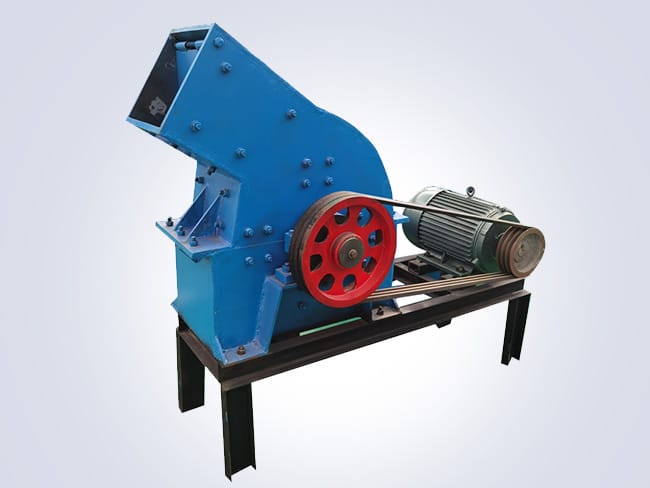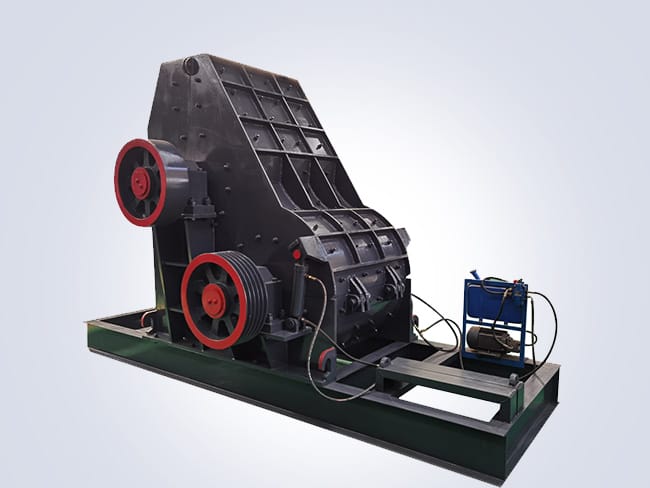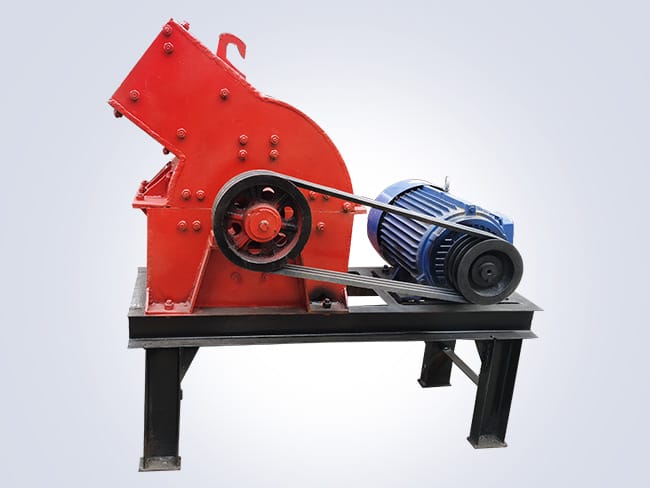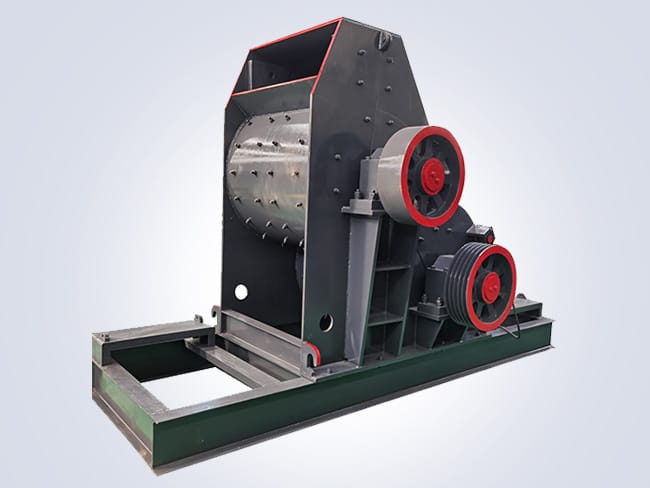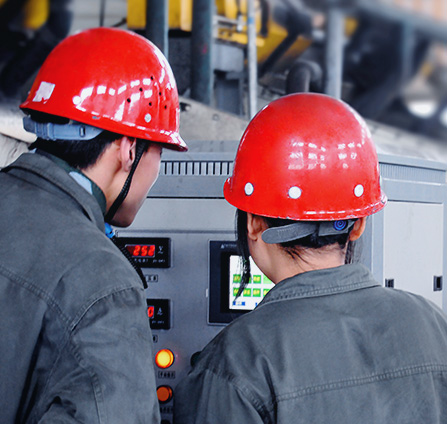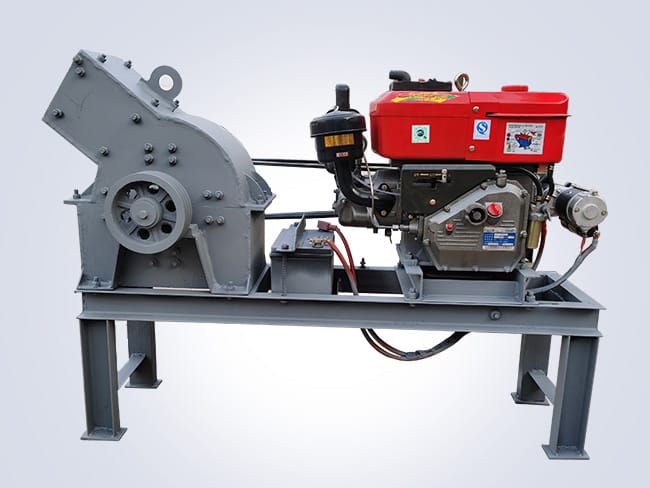
Hammer crushers are widely used crushing equipment in industries such as mining, building materials, and chemical engineering. Leveraging advantages such as simple structure, easy operation, and a high reduction ratio, they have become core equipment for medium. And fine crushing operations. Their working principle involves using high-speed rotating hammers to impact, shear, and grind materials, rapidly breaking large pieces into the desired particle size. They are particularly suitable for processing brittle materials. And those with a hardness of medium or below, such as limestone, coal gangue, and shale.
Hammer Crusher: An Efficient Industrial Crushing Tool
This equipment mainly consists of a rotor, hammers, a grate bar, and a casing. The rotor drives the hammers to rotate at high speed, generating a powerful impact force, while the adjustable grate bar controls the discharge particle size to ensure uniform finished products. Its outstanding features include high crushing efficiency, low energy consumption. And the ability to achieve “one-step forming,” reducing the need for secondary crushing processes and lowering production costs. Additionally, the hammer crusher employs a sealed design to effectively minimize dust emissions, meeting environmental protection requirements.
With technological advancements, new-generation hammer crushers have been continuously optimized in terms of wear-resistant materials and intelligent control, resulting in extended service life and reduced maintenance costs. Whether in small to medium-sized sand and gravel plants or large-scale cement production lines, hammer crushers provide efficient and stable crushing solutions for industrial production with their reliable performance. And flexible adaptability, serving as important tools for promoting resource recycling and green manufacturing.





